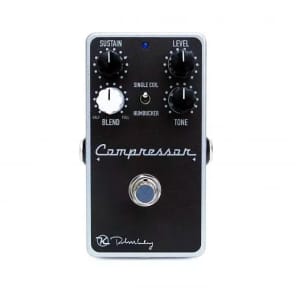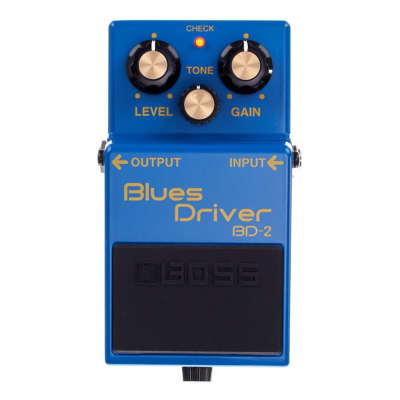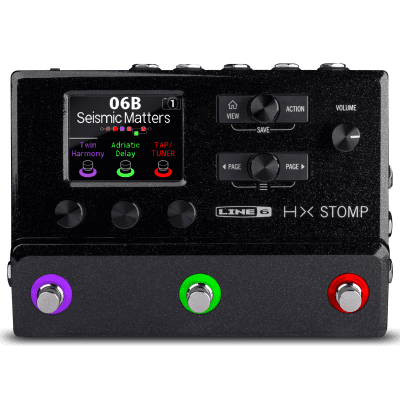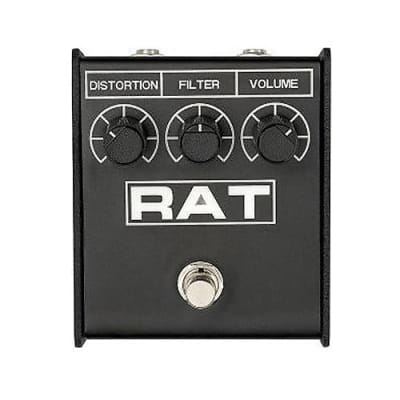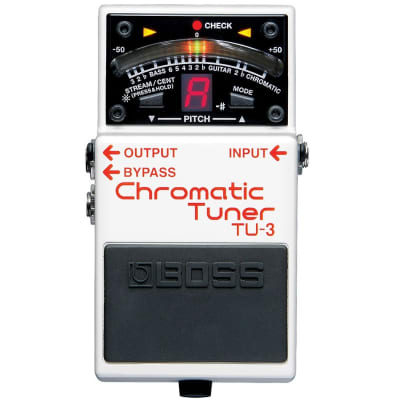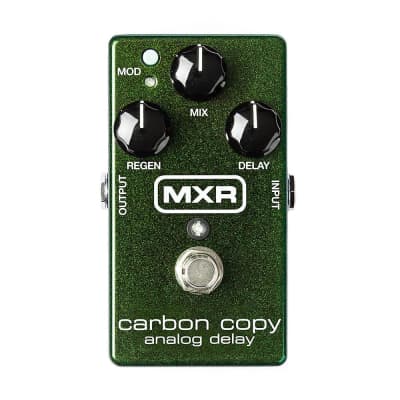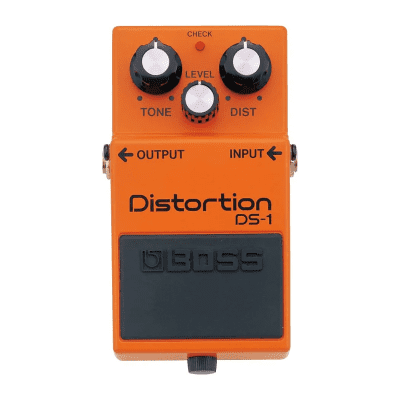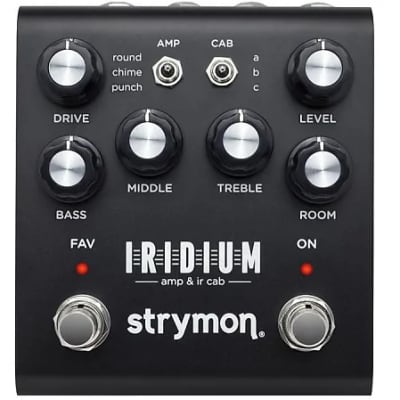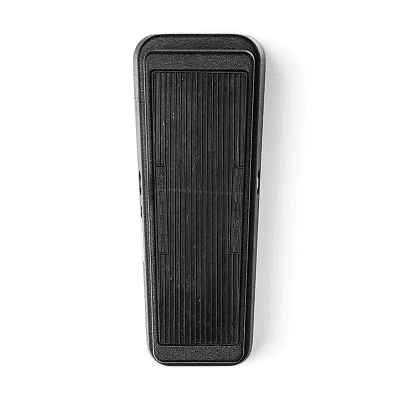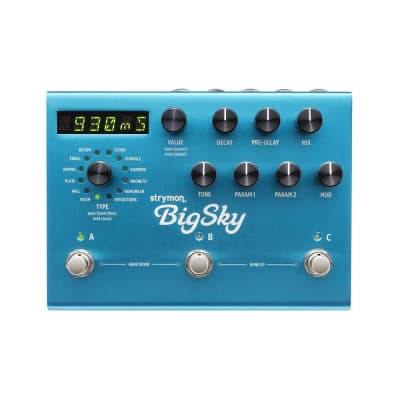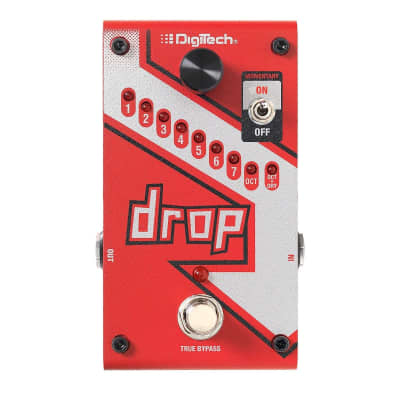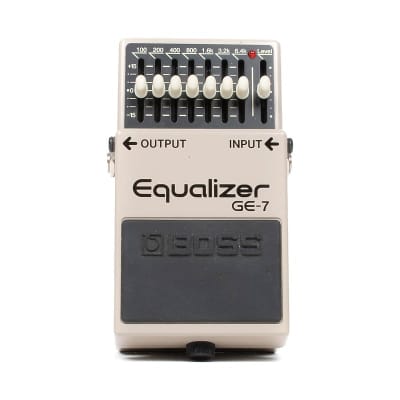Efectos y pedales
¿Piensas vender?
Crea un anuncio en tan solo minutos
para que millones de músicos lo vean.
Selecciones vintage
Effects and Pedals For Sale on Reverb
Imagine Nirvana’s “Come As You Are” without Kurt Kobain’s unique guitar intro, or “Where The Streets Have No Name” by U2 without The Edge’s rhythmic delay, or St. Vincent performing “Cruel” without its fuzz guitar melody. Many of the sounds heard in the rock, pop, jazz, reggae, and punk of the last 60 years would not be possible without chorus, delay, and other effects, which can take the form of huge rack or desktop units, or compact stompboxes with convenient footswitches.
Sometimes effects are designed—to various degrees of success—to emulate practical effects or devices, such as a damaged or rotary speaker. Other times, guitar pedals were made to bring studio tricks, like tape flanging and compression, to the stage or home.
